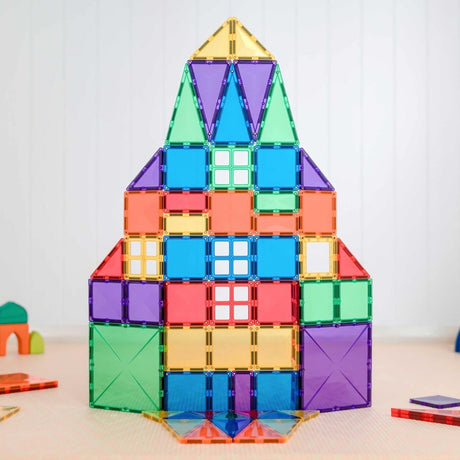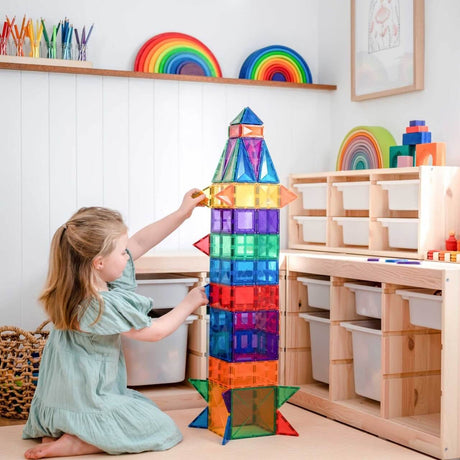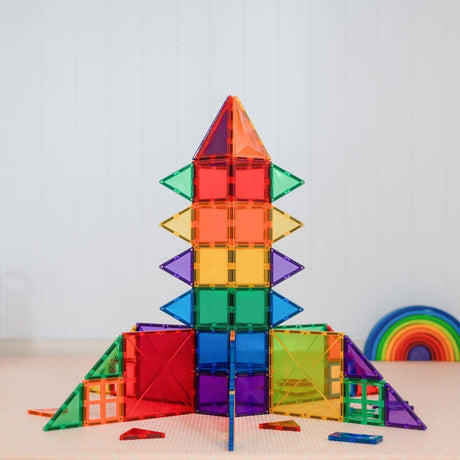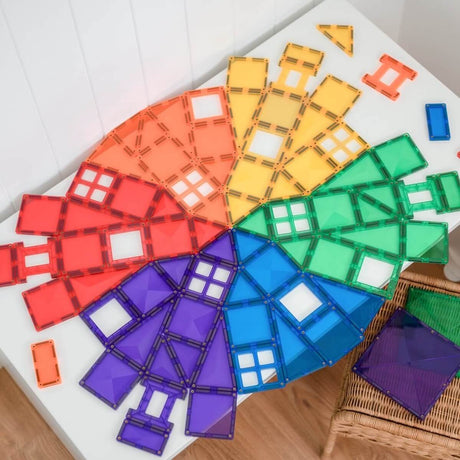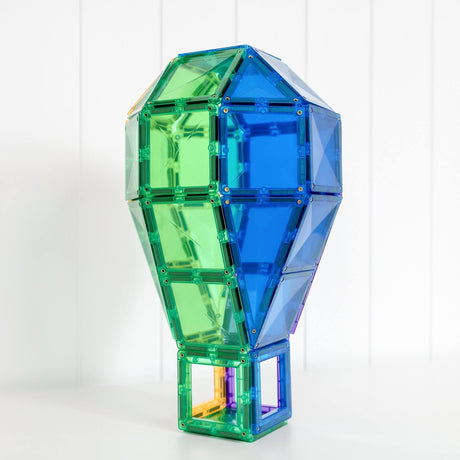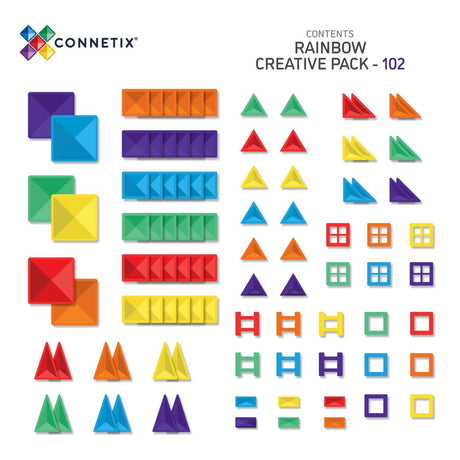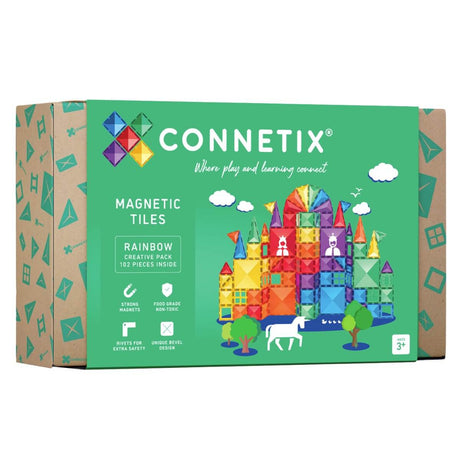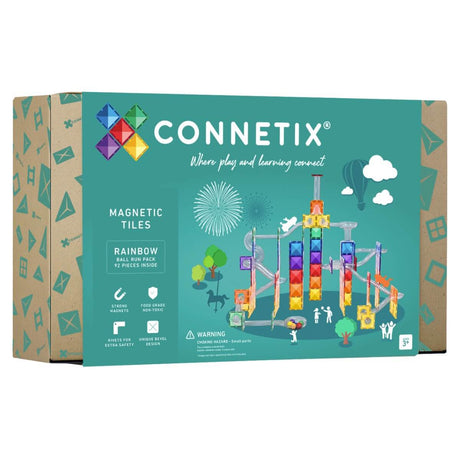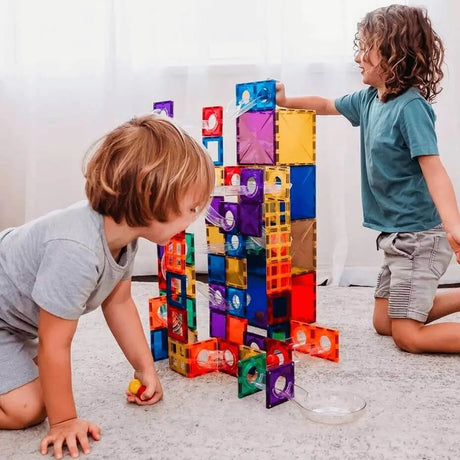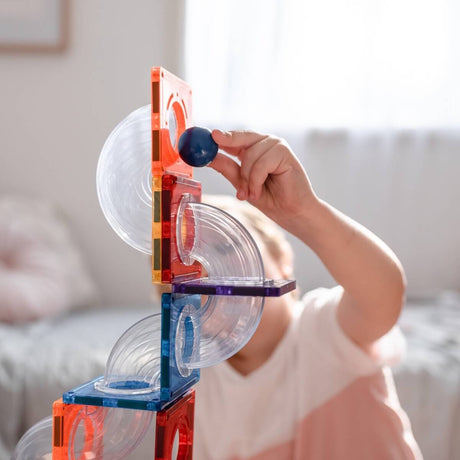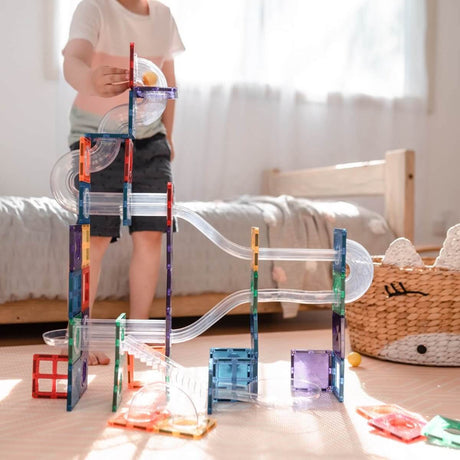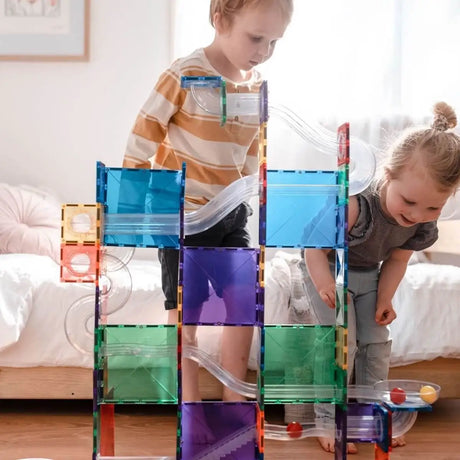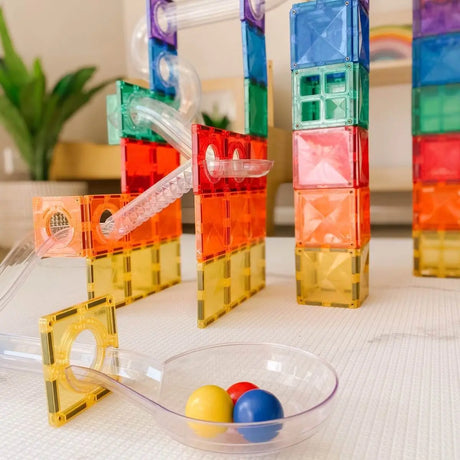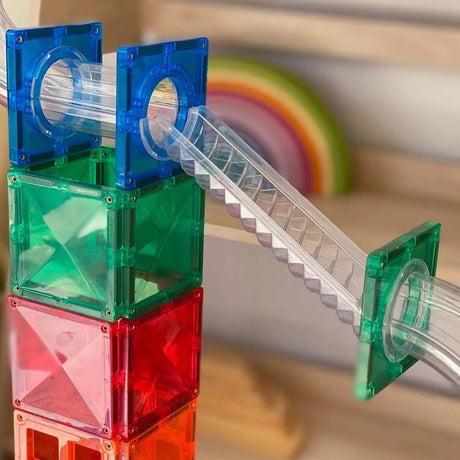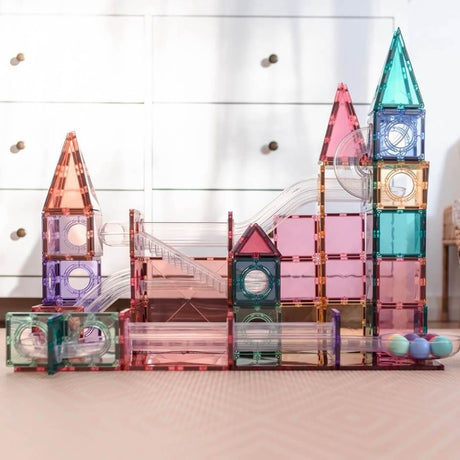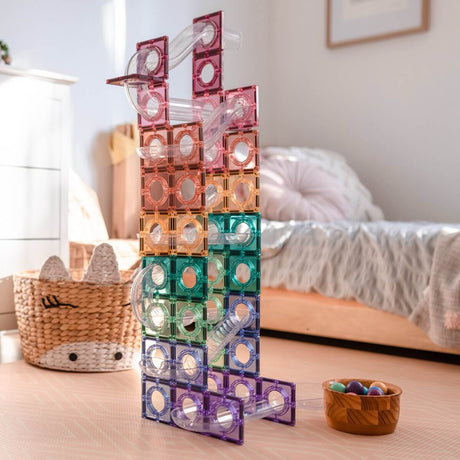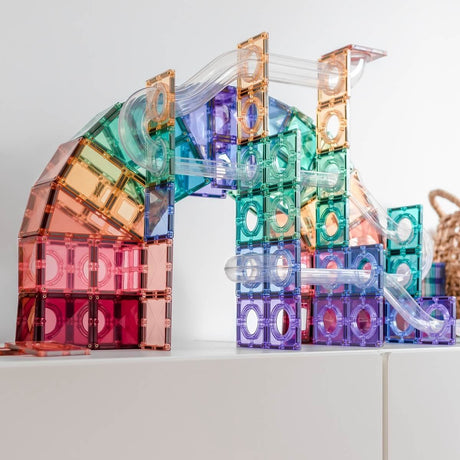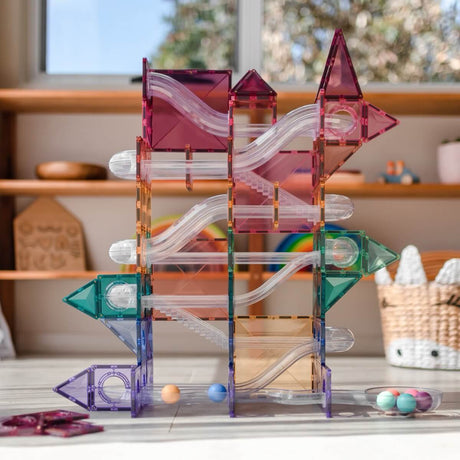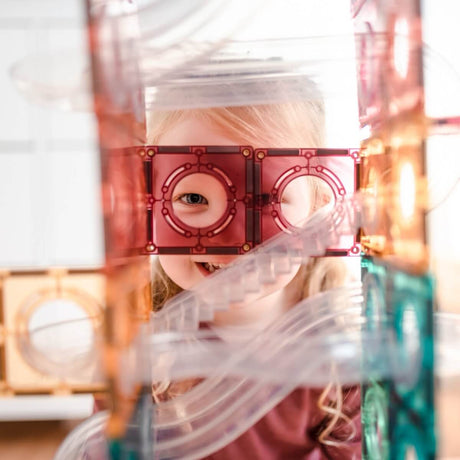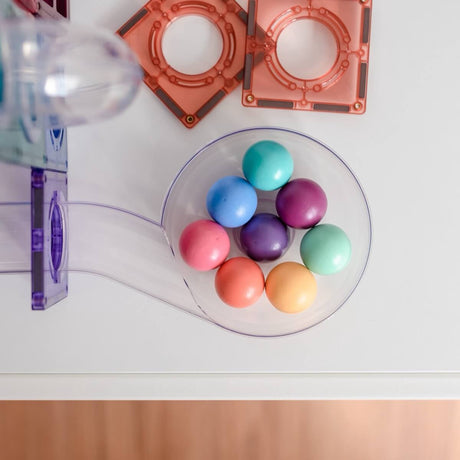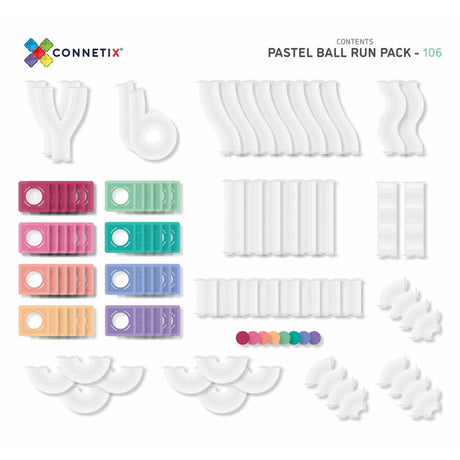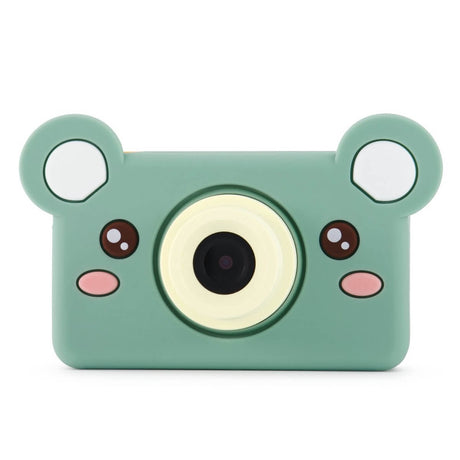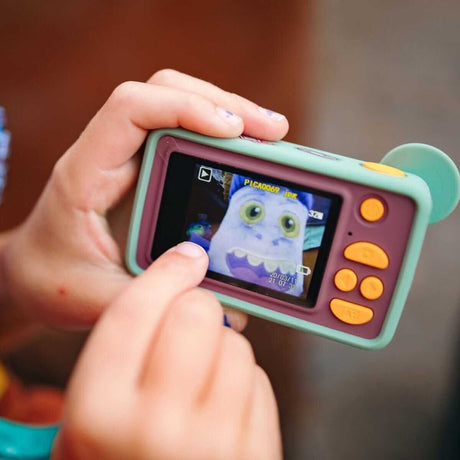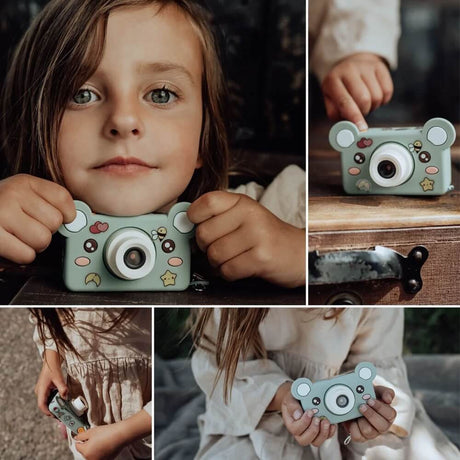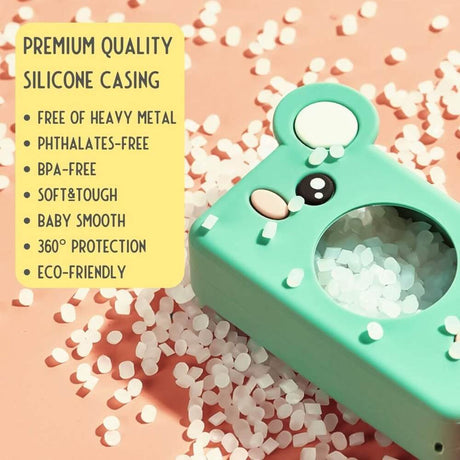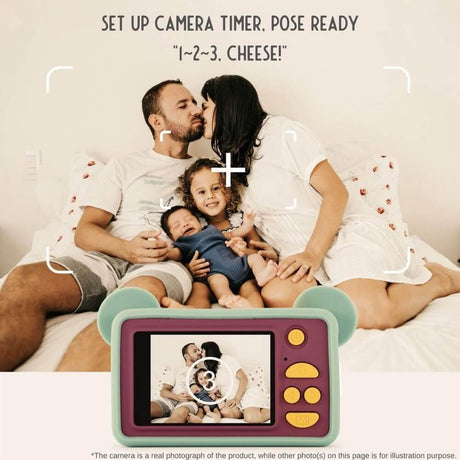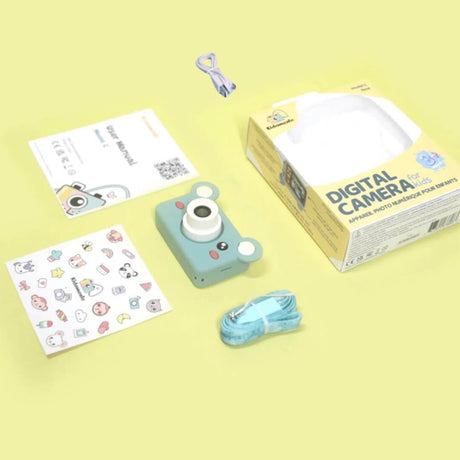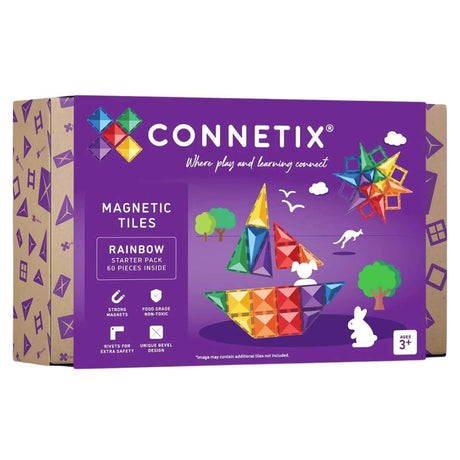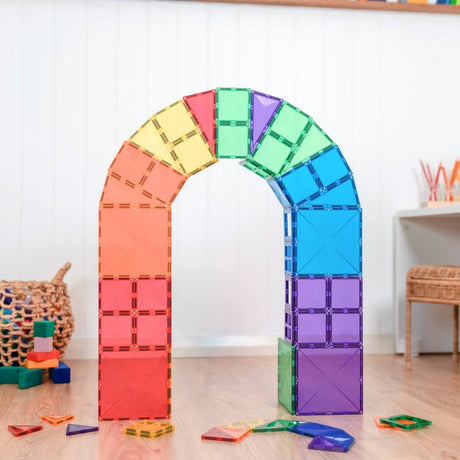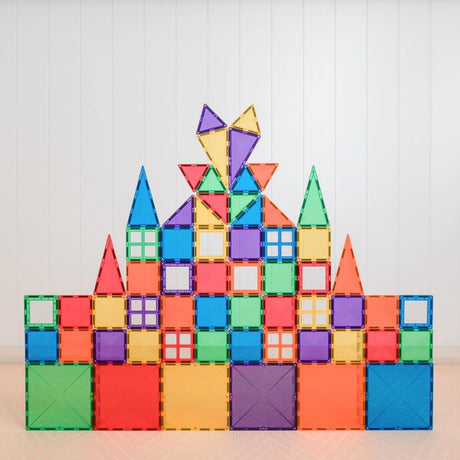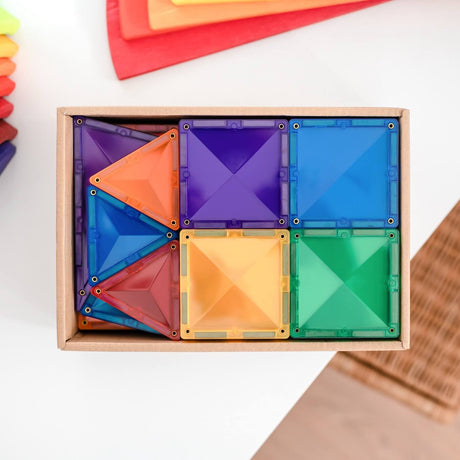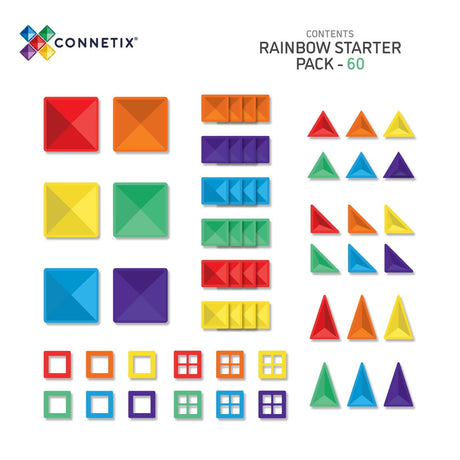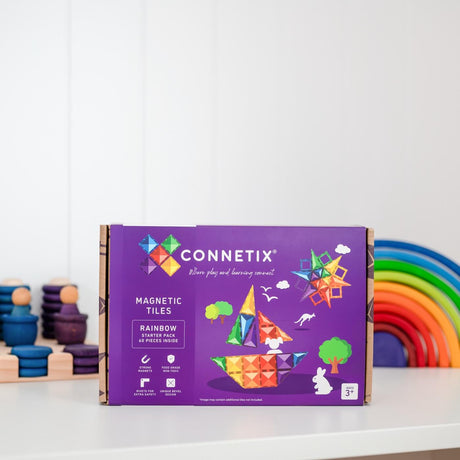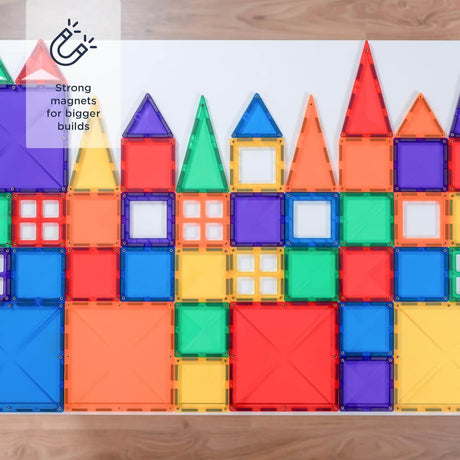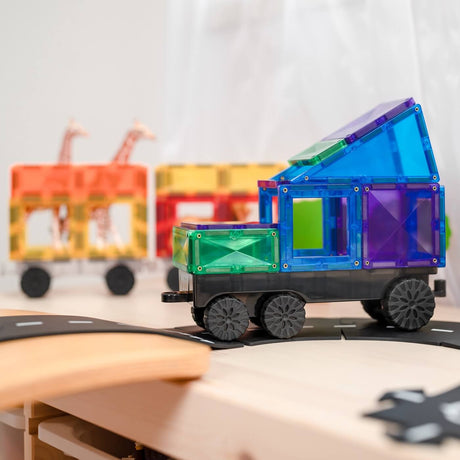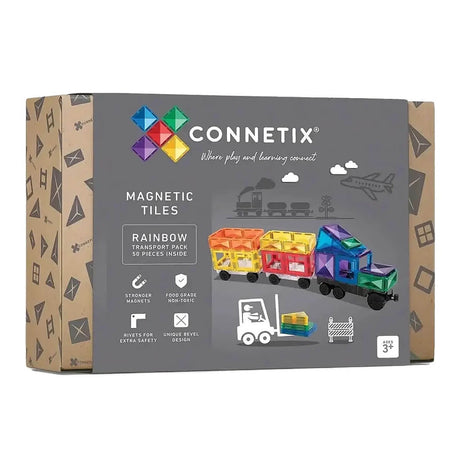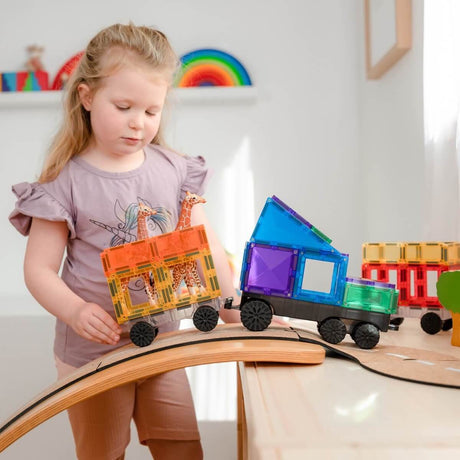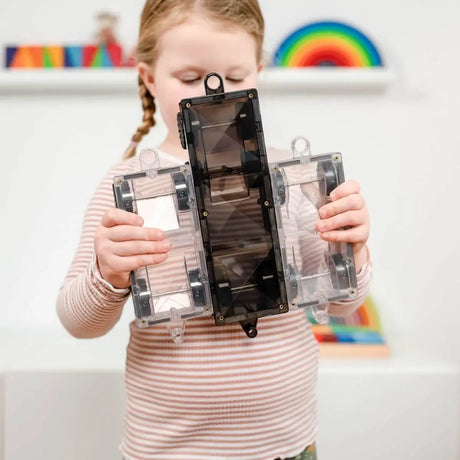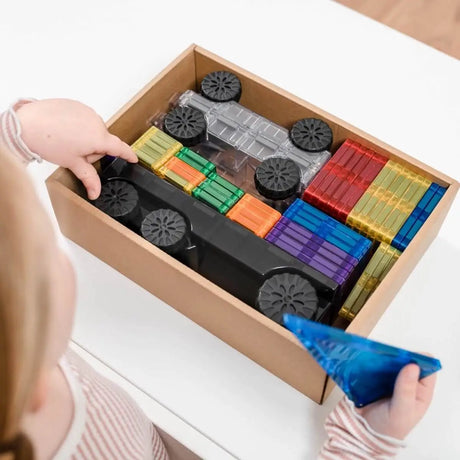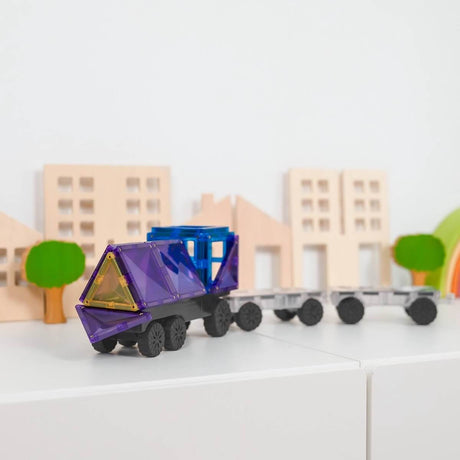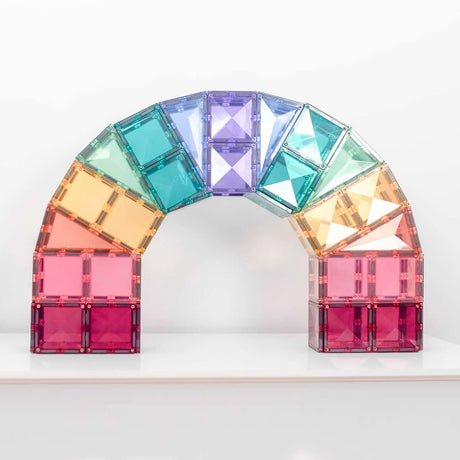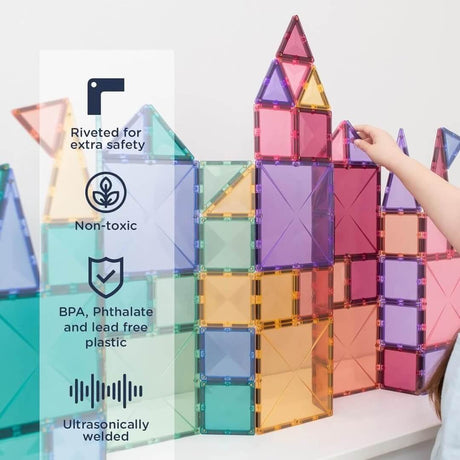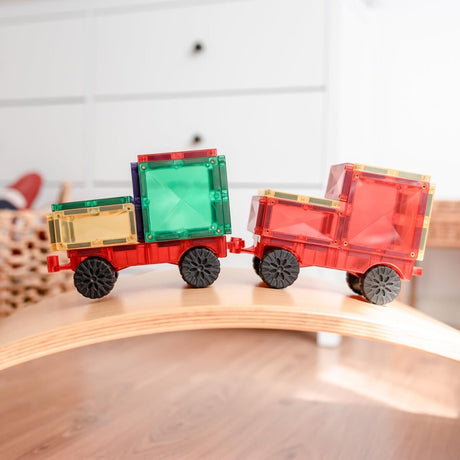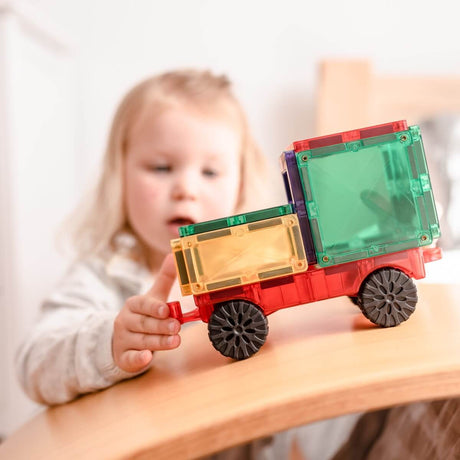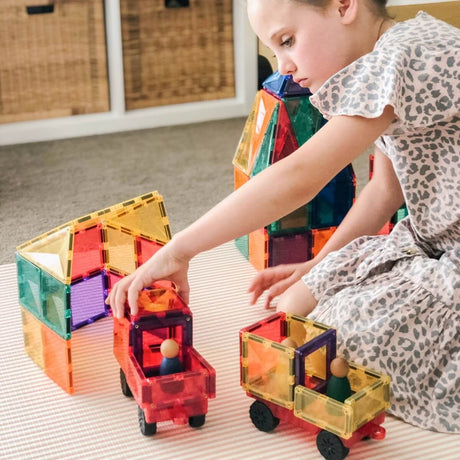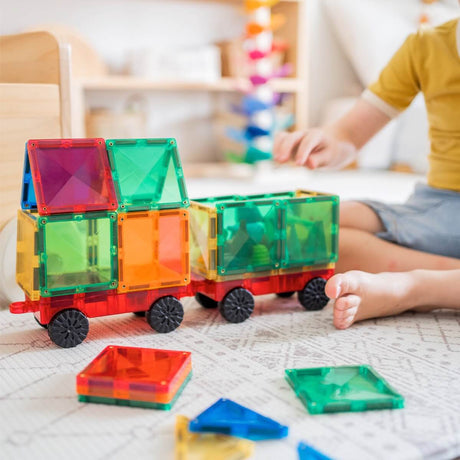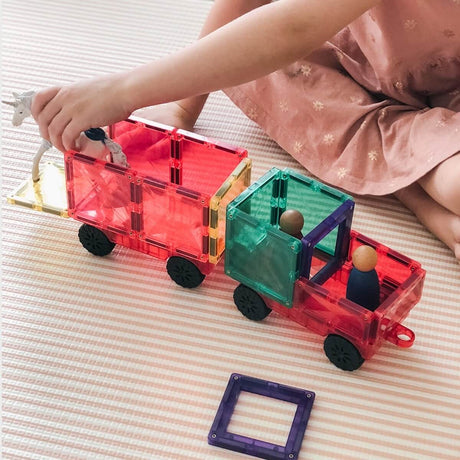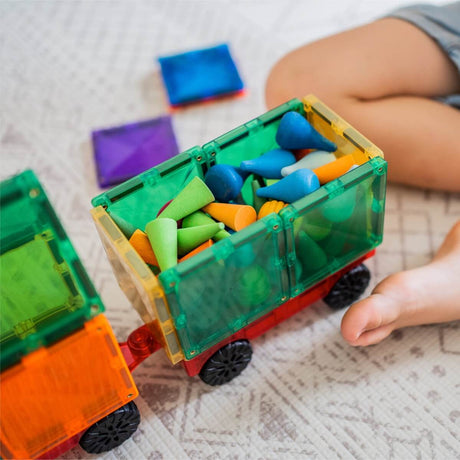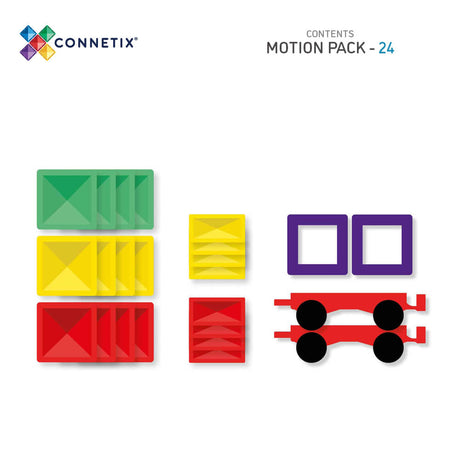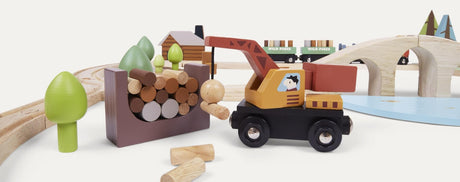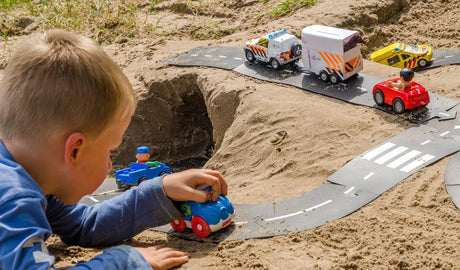Our approach towards the child must be governed, not by a desire to make him learn things, but by the commitment to keeping alive in him this flame that we call intelligence.- Maria Montessori
The first phase of development, from 0 to 6 years old, is filled with explorations involving all the senses.
Children in this age group are little scientists.
They are born into a vast and complex world that they strive to decode in order to eventually integrate it and find a place for themselves.
One of our highest responsibilities as parents is to support our children's natural curiosity and help them understand the world around them.
It sounds so simple, so inspiring even... but, in reality, this mission can be a little more difficult to achieve.
After a long day, when you were asked the tenth “why?” in a row, it can be very tempting to rebuff your child or give them a “because I told you so!”
How to navigate the 'why' phase?
The “why” stage usually begins around age 3. If you're not there yet, this article is still worth reading because it will come pretty quickly and hard when it does!
First of all, it is important to remember that when a child asks “why,” it is for the purpose of learning.
Information helps them reassure themselves and have confidence in their understanding of the world around them. Think about how we feel as adults when we don't understand something. It can be distressing and terrifying.
When we ignore a child's question, we send them the message that their curiosity is not relevant, important, or valid.

What you can say instead of "Because I said so"
There is no easy way around this step. It is important to remember that this stage is helpful to the child's development and sets the stage for the further learning that will follow.
The following ideas will help, but don't get too discouraged if you still find yourself a little frustrated some days:
1. Repeat the answer 🎱
After giving the first answer, you can repeat it. Remember to use simple language. If your response is too long, you risk losing the attention of your young interlocutor. If you gave an explanation that was too complicated the first time, try to simplify it.
2. Help them understand 🔬
If you refused something (for example, you can't eat a cookie before dinner), help the child understand the reason for refusing, for example, "that's not safe" or "we didn't no time". Explaining why they can't do something helps them make better choices later and strengthens their reasoning skills.
For example, you can help your child understand that lunch foods help them grow and feel good, while cookies do not. In our house, we use the term “foods that grow.” Broccoli is a growth-enhancing food, while popsicles are not. We can have treats and enjoy them, but we must first eat foods that help us grow.
3. Return the question to your child 🔃
Ask him what he thinks the answer is. After a few repetitions of my answer, I turn it around. “Why do you think the recycling bin is blue? and we’ll discuss it. This helps validate their curiosity and opinions.

4. Admit that you don't know 🤷
Nobody knows everything. There's no shame in admitting you don't know the answer to a question. Better yet, you can suggest researching together in a book, on the Internet or calling on the expertise of a loved one in this field.
5. Redirect them ⤴
This will only work up to a certain age and not in all contexts, but sometimes you can just redirect it to another activity when you've offered all possible answers and your child is still not satisfied.
Ultimately, valuing children's curiosity by respecting their questions promotes open communication, and that's what you'll want as your child grows.


